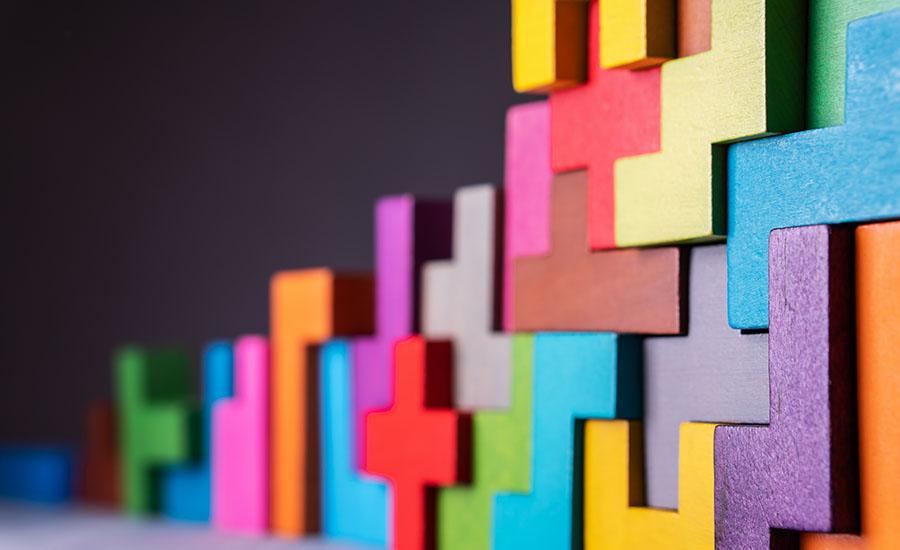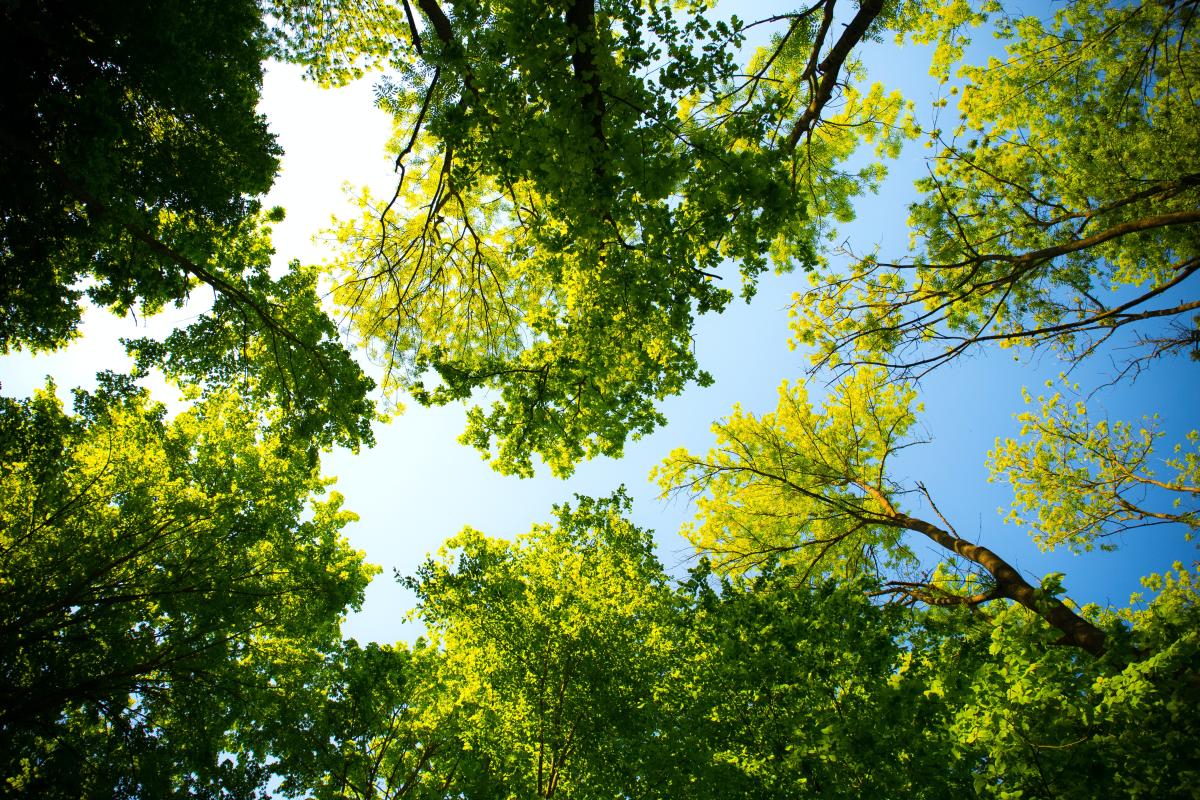
Creating Sustainable Solutions With Bioplastics Part 1
by Scott Milne
In this lesson students evaluate the advantages and disadvantages of conventional, petroleum-based plastics, bioplastics, and their different varieties. The lesson is driven by class/group research and discussion and ends with students creating an action plan for a plastic-based problem. As a group, students will learn about the costs, benefits and science behind conventional plastics and the ways in which bioplastic solutions may be used to address current problems with plastic pollution. Students are then asked to present their plan to the class and give/receive constructive feedback to and from their peers.
Lesson Plan Link/URL
https://docs.google.com/presentation/d/1rirThz48C07uXd_TMh2Z9tyxVZvKYNbt09DLRPE…Subject Area
Science Physical Science P1: Matter Technology 1. Empowered Learner 4. Innovative Designer 6. Creative Communicator Engineering S1: Engineering & Global Society S2: Apply the Engineering Design Process S6: Apply Communications to Engineering English Language Arts (ELA) Writing Speaking & Listening
Featured
Off
Related Content

Grades:
10th Grade, 11th Grade, 12th Grade
From learning the basics of the endocrine system (organs) to creating a 3d visual model of a patient and demonstrating how hormones are released across the body, students will go from simple to

Grades:
6th Grade, 7th Grade, 8th Grade, 9th Grade, 10th Grade, 11th Grade, 12th Grade
Students will pick an issue that they think exists in the world and propose a solution via a presentation. This will model a TedTalk.

Grades:
9th Grade, 10th Grade, 11th Grade, 12th Grade
This is a lesson plan which draws importance to the ability of trees to carbon sequester in urban areas. As the world urbanizes more and more each day, it is important for our health to emphasize